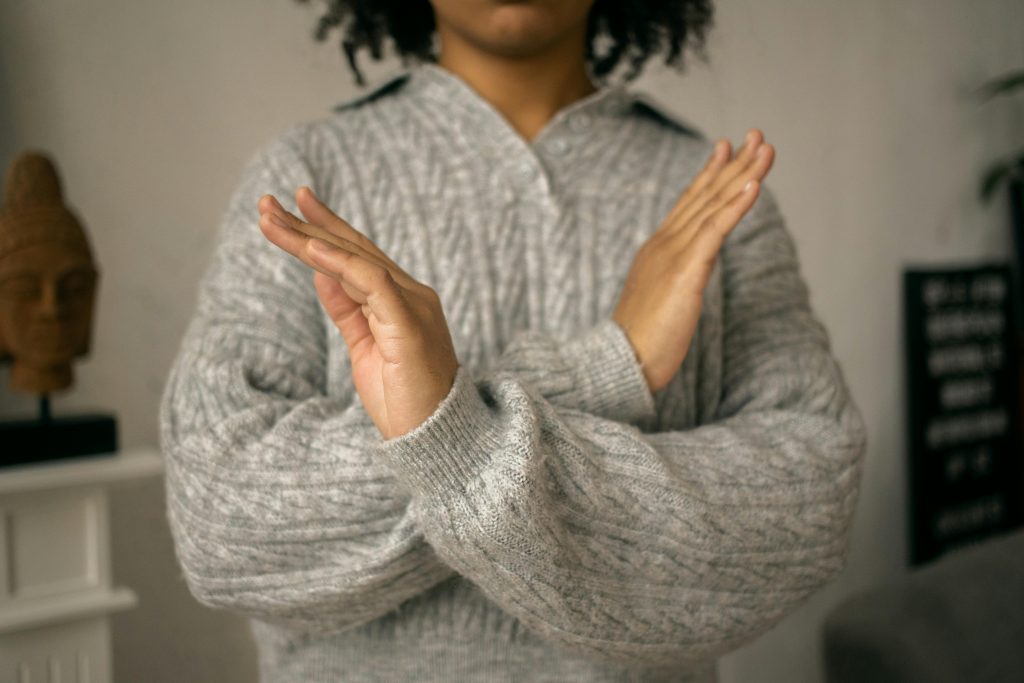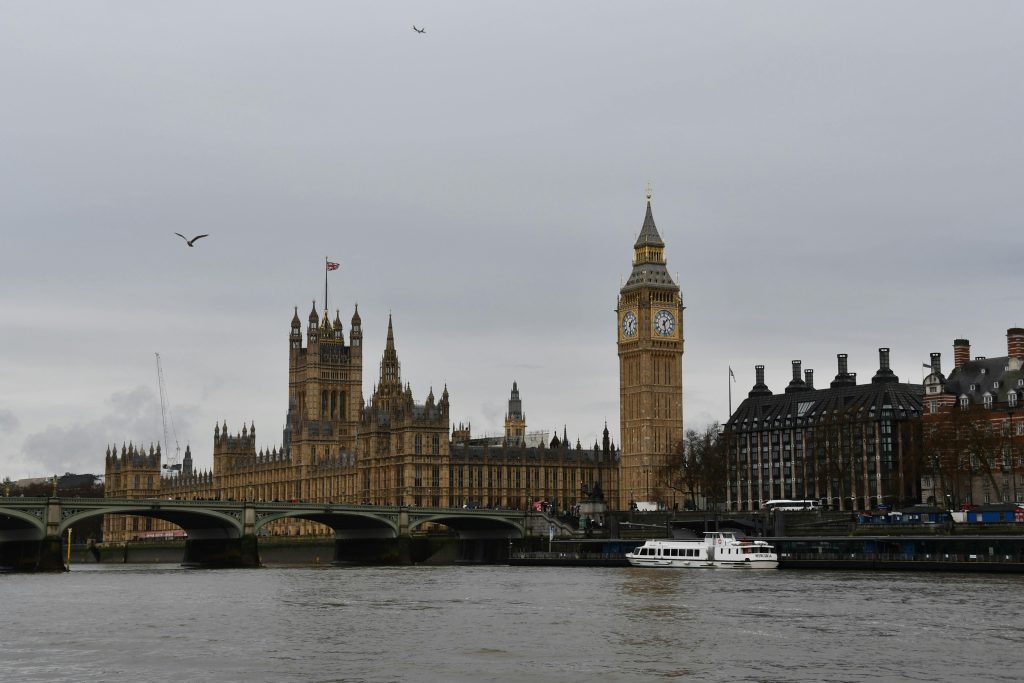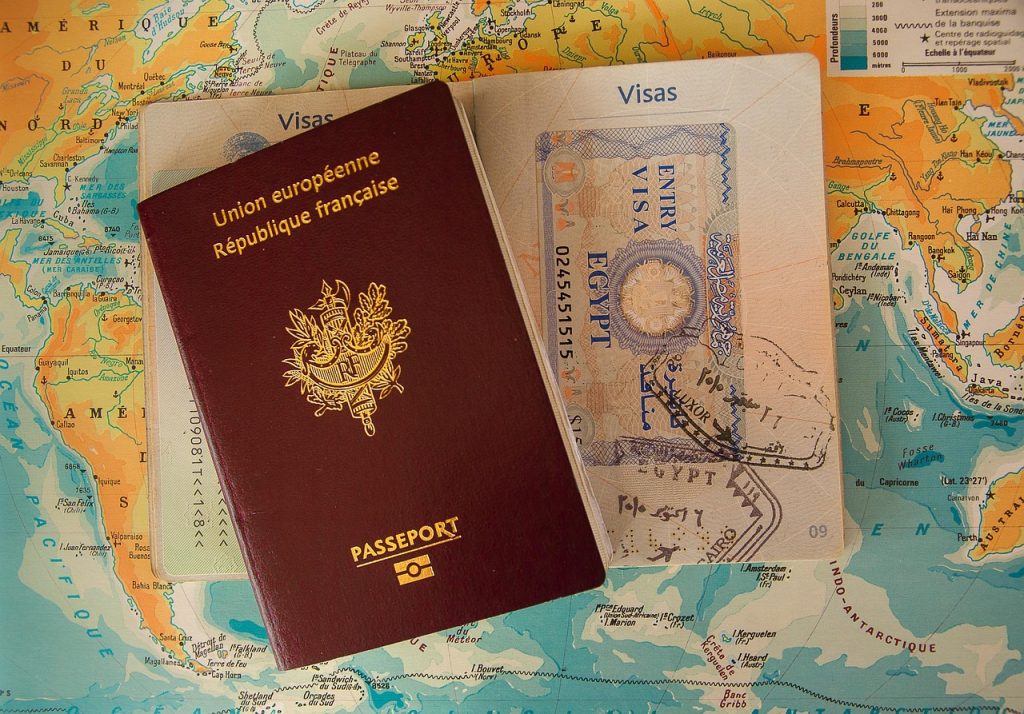Introduction
A visa refusal can be disappointing and confusing, especially when you thought your documents were in order. The truth is, most refusals are due to predictable errors that applicants could avoid with better preparation. This article breaks down eight of the most common reasons why visa applications are denied and provides guidance on how to fix these issues before reapplying.
1. Incomplete or Incorrect Documents
Missing, outdated, or inconsistent documents are one of the fastest ways to receive a refusal.
How to fix it:
- Follow the document checklist provided by the embassy or visa centre.
- Ensure all names, dates, and spellings match across documents.
- Translate non-English documents using certified translators.
2. Insufficient Financial Proof
If you cannot show enough funds to cover your stay, tuition, or living costs, your visa will likely be denied.
How to fix it:
- Submit at least three to six months of genuine bank statements.
- Avoid unexplained lump-sum deposits.
- Include scholarship or sponsorship letters if applicable.
3. Weak Ties to Home Country
Applicants must demonstrate strong reasons to return home after their trip or studies. If not, the visa officer may suspect you intend to overstay.
How to fix it:
- Include proof of employment, school enrolment, family ties, or property ownership.
- Submit a clear and specific travel or return plan.
4. Poor Visa Interview Performance
Many applicants fail because they are unprepared or inconsistent during their visa interview.
How to fix it:
- Practice common visa interview questions.
- Stay calm, confident, and honest.
- Ensure your answers align with your submitted documents.
5. Unclear Purpose of Travel
A vague application or letter of intent may signal to officers that you are unsure why you want to visit.
How to fix it:
- Write a well-structured cover letter or statement of purpose.
- Clearly explain your itinerary, institution, job, or intended activities abroad.
6. Applying for the Wrong Visa Type
Applying under the wrong category — such as a tourist visa when planning to study — is a frequent reason for denial.
How to fix it:
- Understand the purpose of your trip.
- Choose the visa type that aligns with your objective.
- Use official country visa wizards or guides if unsure.
7. Questionable Sponsorship or False Documents
Providing unverifiable, fake, or forged documents may lead to not only a denial but also a future travel ban.
How to fix it:
- Only submit authentic documents.
- Do not rely on unlicensed agents.
- If you’re using a sponsor, provide detailed evidence of their relationship to you and their financial capacity.
8. Inconsistent Travel History or Gaps
A poor immigration history, overstays, or gaps in your academic/work background may trigger suspicion.
How to fix it:
- Be honest about your history and explain any gaps.
- Provide supporting documents that demonstrate you complied with previous visa conditions.
Conclusion
Visa refusals are often preventable. By understanding the common mistakes applicants make and correcting them, your next application has a much better chance of success. For more support, explore our Visa Refusals resources and templates, including appeal letters and refusal checklists.


